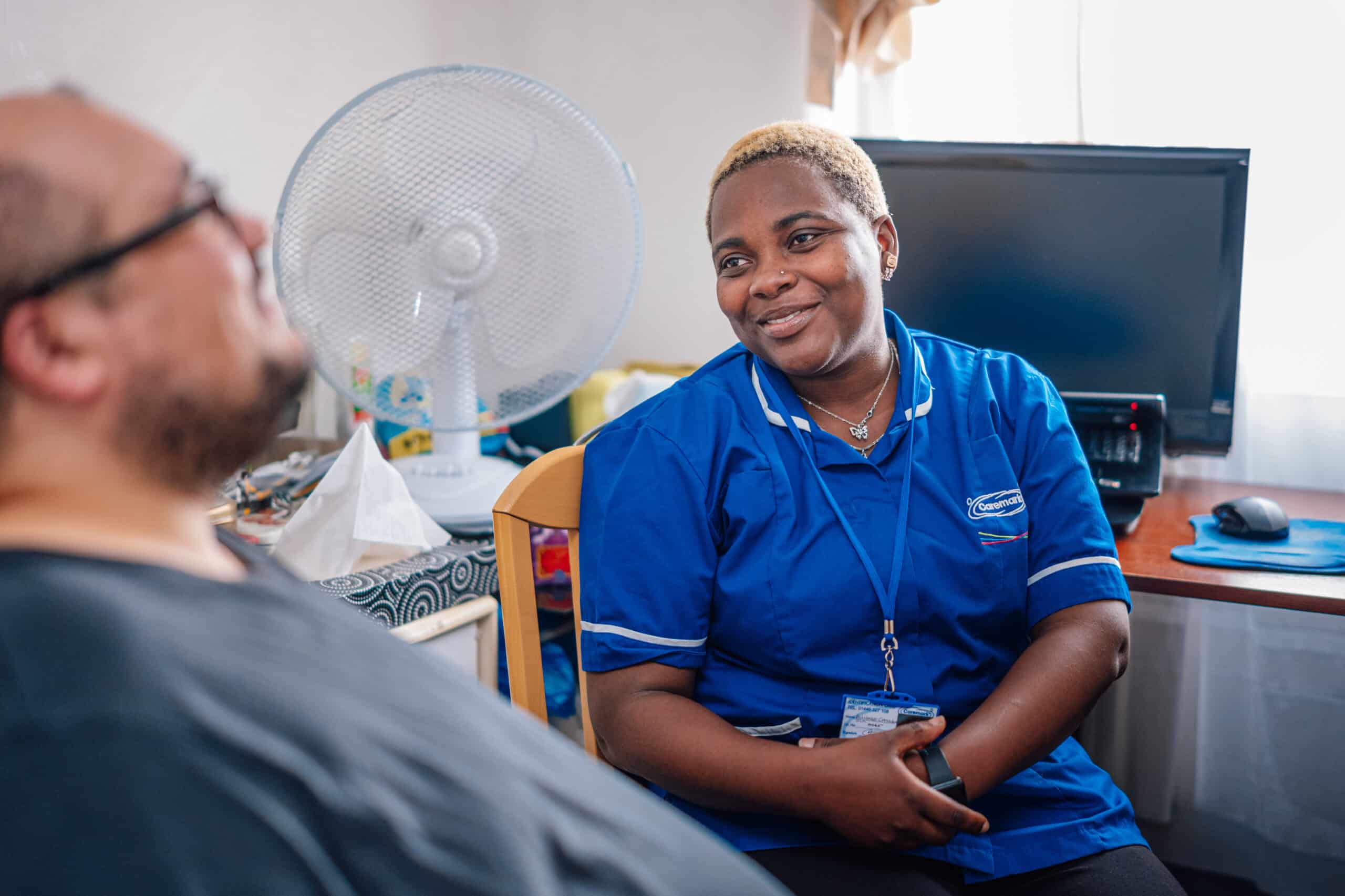Understanding the End-of-Life Pathway: A Guide for Families

The end-of-life pathway is a structured approach to care and support. Navigating it can be challenging for families. It involves making crucial decisions and providing compassionate care. Understanding this process is essential for ensuring dignity and comfort for loved ones. This guide aims to help families understand and navigate the end-of-life care journey by explaining the stages of the end-of-life care pathway. It will also discuss planning, communication, and support. By understanding these aspects, families can make informed decisions.
What is the End-of-Life Pathway?
The end-of-life pathway is a comprehensive approach to care and support. It aims to provide comfort and dignity for those in their final days. This pathway helps manage the complex needs of patients and families. The end-of-life care pathway is not a single plan but a dynamic process tailored to each patient. This ensures that care is personalised and responsive.
The pathway involves continuous assessment and adaptation. It considers the patient’s medical conditions, preferences, and values. This holistic method ensures that all aspects of care are addressed.
There are 6 stages of the end-of-life pathway. Finally, the pathway extends beyond the patient’s life. It includes bereavement support for families. This provides them with continued care and guidance.

The 6 Stages of the End-of-Life Care Pathway
The end-of-life care pathway is structured into six distinct stages. Each stage focuses on ensuring the patient’s comfort and dignity. This structured approach helps manage transitions smoothly.
These stages include:
- Initial Assessment
- Care Planning
- Coordination of Care
- Delivery of Care
- Review and Adaptation
- Bereavement Support
During the initial assessment, the team understands the patient’s needs. Following this, care planning sets out goals for care. Coordination ensures everyone is informed and aligned. Understanding these stages can help families prepare. It provides insights into what to expect. This knowledge empowers families to take part actively in care decisions.
1. Initial Assessment
The initial assessment is crucial for setting the groundwork. It involves understanding the patient’s medical condition. Alongside this, their personal preferences are considered. During this stage, a multidisciplinary team evaluates the patient. This includes doctors, nurses, and social workers. They gather detailed information on medical history and needs. Communication is key in this phase. The patient and family share their goals and values.
2. Care Planning
Care planning builds upon the insights gained from the initial assessment. This stage outlines how care will be delivered. Goals for treatment and support are clearly defined. The care plan addresses all aspects of well-being. This includes physical, emotional, and spiritual needs. It ensures that the patient’s preferences are at the forefront. Flexibility is integrated into the plan. As needs change, the care plan is adapted. This stage ensures that patients receive appropriate and timely care.
3. Coordination of Care
Coordination of care is about teamwork. It ensures that all team members work harmoniously. This involves consistent communication among the healthcare team. Information sharing is essential in this stage. It keeps everyone updated on the patient’s status. This minimises misunderstandings and optimises care delivery.
4. Delivery of Care
Delivery of care puts the plan into action. This stage focuses on managing symptoms and comfort. Pain relief and emotional support are priorities. Medical professionals administer necessary treatments. Nurses and caregivers offer personal attention. They ensure that the patient remains comfortable and dignified.
5. Review and Adaptation
Ongoing review is vital throughout the care pathway. This stage involves regularly assessing the patient’s needs. Adjustments to the care plan are made as needed. Frequent evaluations ensure responsiveness to changes. The healthcare team discusses any new symptoms or concerns that have arisen. This continual adaptation maintains the quality of care.
Families are included in this process. Their insights and observations are invaluable. This ensures that care remains aligned with the patient’s wishes and conditions.
6. Bereavement Support
Bereavement support is crucial for the family’s healing. It provides emotional and practical assistance after loss. This support helps families navigate grief and loss. Counselling services are often offered in this phase. Support groups and memorial services may be organised. These resources help families manage their emotions. A compassionate approach is essential during this time. Families are encouraged to share their memories and emotions with one another. This support fosters healing and remembrance.
The Role of Home Care in the End-of-Life Pathway
Home care plays a vital role in the end-of-life pathway. It helps support families and patients at this sensitive time. Home care provides comfort, support, and dignity to patients in the familiar surroundings of their own homes. This approach allows individuals to receive personalised care tailored to their needs while maintaining control over their environment.
Benefits of Home Care for Patients
- Personalised Care: end-of-life care is designed to meet the unique needs of each patient. Care plans can be adjusted based on the patient’s evolving condition and preferences. The priority is to ensure comfort and dignity.
- Familiar Environment: being at home can offer emotional reassurance and comfort to patients. It helps reducing anxiety and promote a sense of peace, allowing patients to feel supported in a loving environment.
- Enhanced Quality of Life: focus on improving quality of life through symptom management, pain relief, and emotional support. This approach ensures that all aspects of the patient’s well-being are addressed.

Supporting Families and Caregivers
Families and caregivers play a crucial role during the end-of-life stage. Their support and presence provide comfort to the patient. Caregivers need to receive support as well to avoid carer burnout. Emotional and physical demands can be overwhelming without proper help.
Forms of support available include:
- Counseling and therapy sessions
- End-of-life and palliative care
- Respite care
- Support groups and networks
Accessing these resources can provide much-needed relief. It ensures caregivers remain healthy and present for their loved ones during this crucial time.
Navigating the End-of-Life Pathway with Caremark
Understanding the end-of-life pathway can ease this challenging journey. It equips families with knowledge and tools to support their loved ones with care. Approaching this phase with compassion ensures the patient’s dignity and comfort. It also offers peace of mind for caregivers and family members.
While this journey is never easy, being informed helps make complex decisions feel more manageable. With proper planning and support, families can navigate this path with grace and respect.
When navigating the end-of-life pathway, Caremark provides comprehensive support to families and patients. We aim to ensure that every step is handled with compassion and professionalism. From the initial assessment to delivery of care, Caremark can help. By partnering with Caremark, families can confidently move through the end-of-life pathway with dignity, respect, and the assurance of comprehensive care that meets their loved one’s needs.